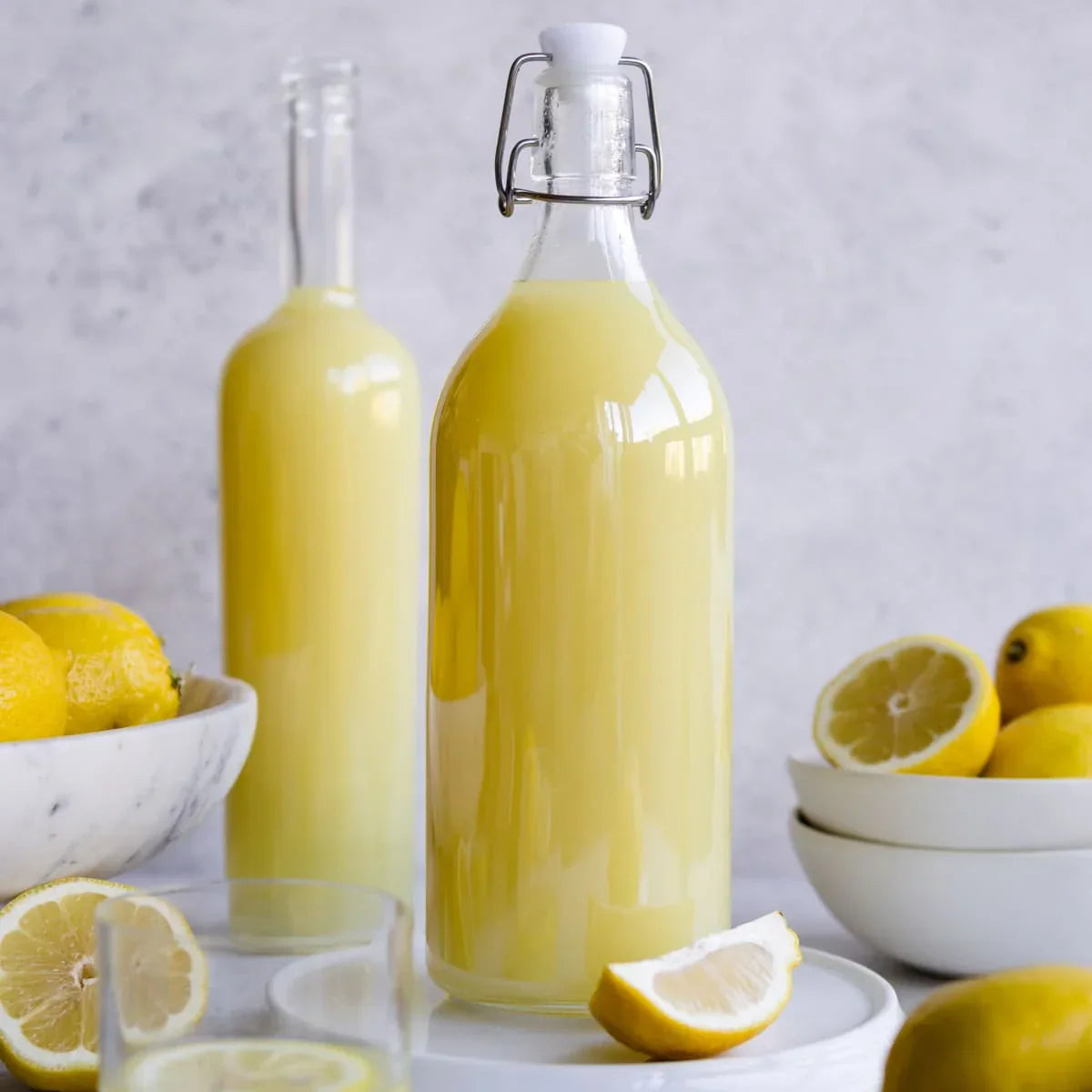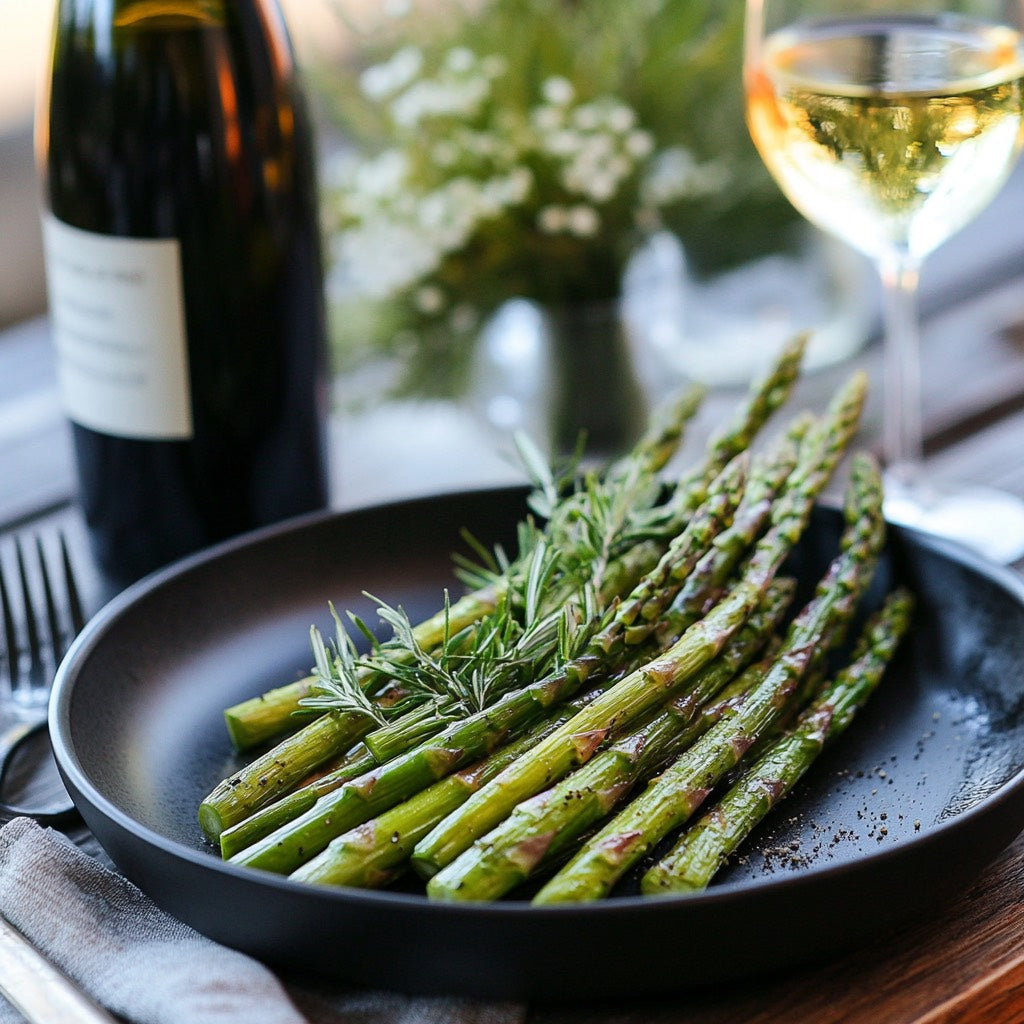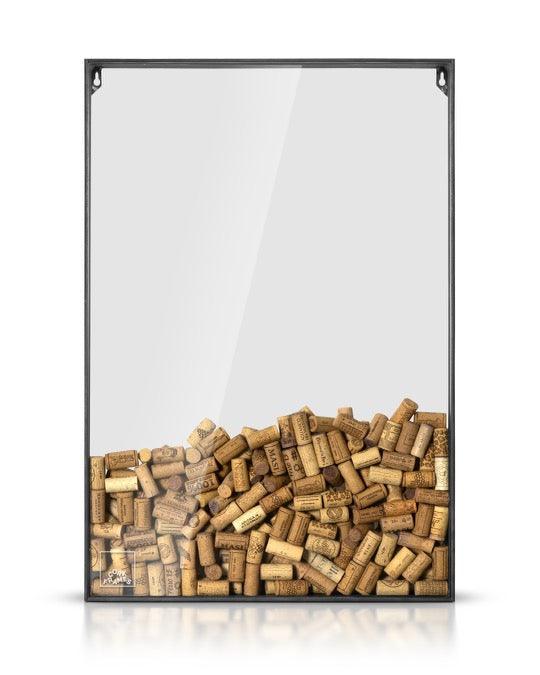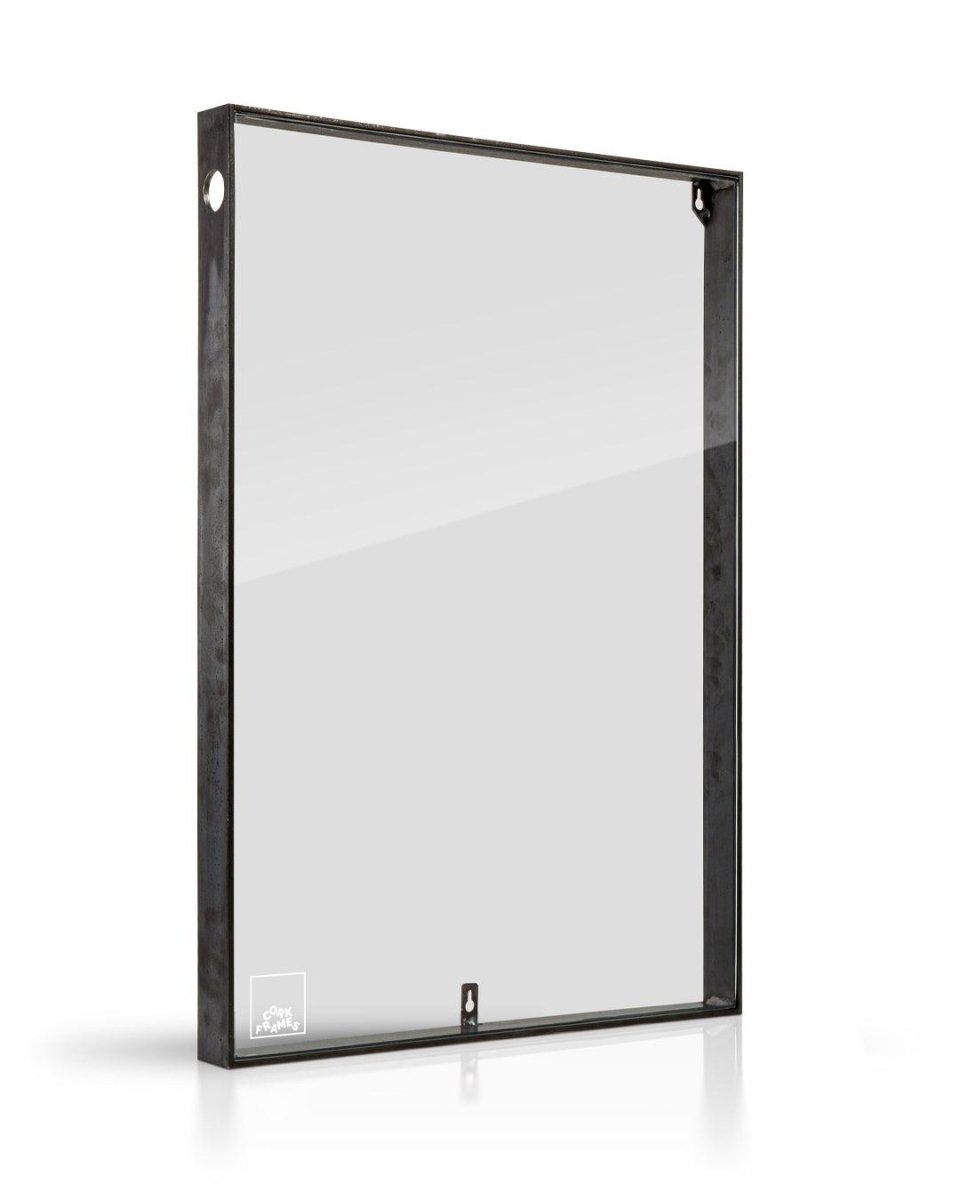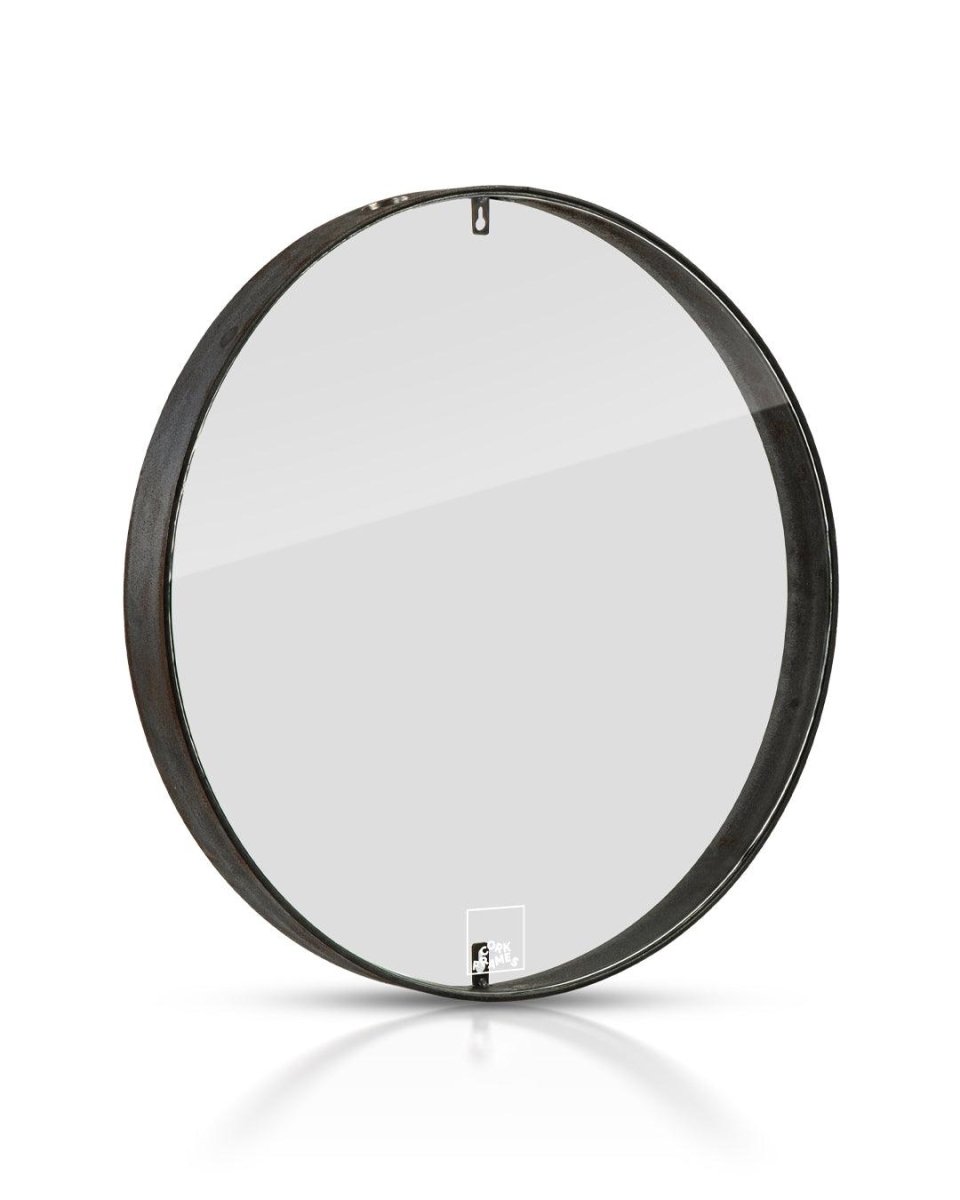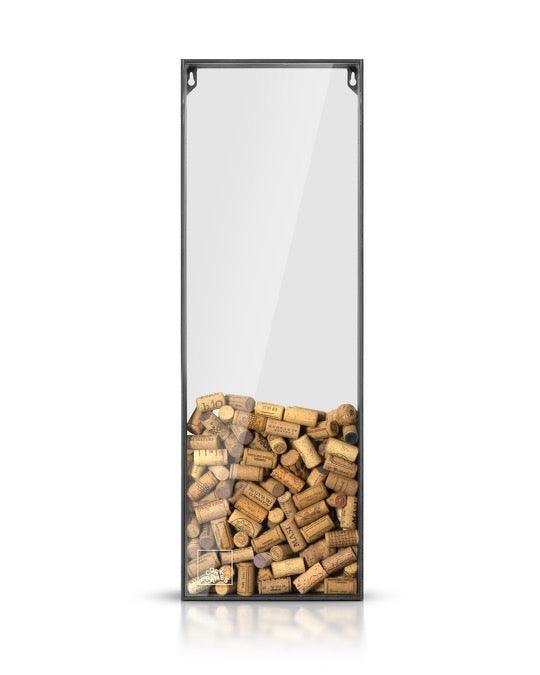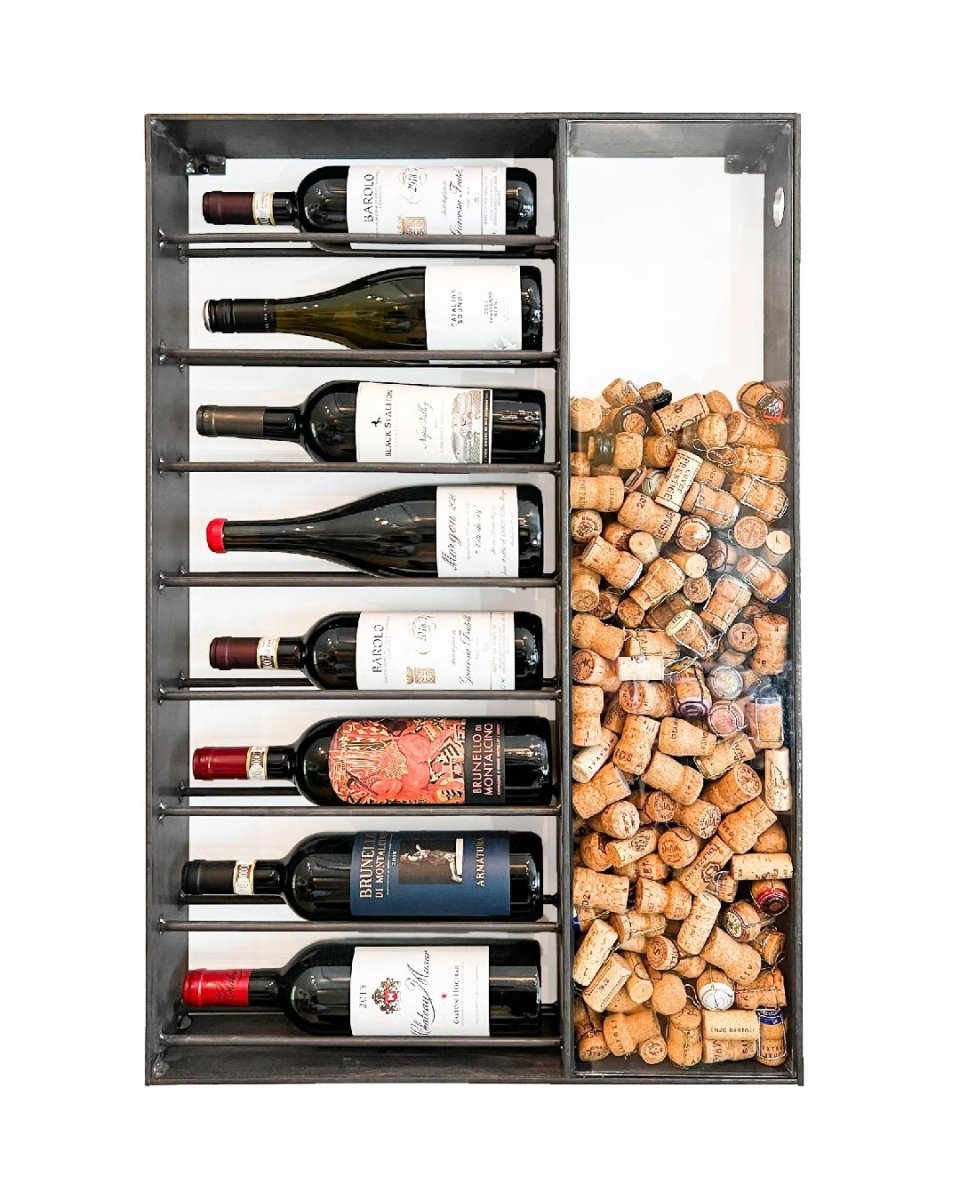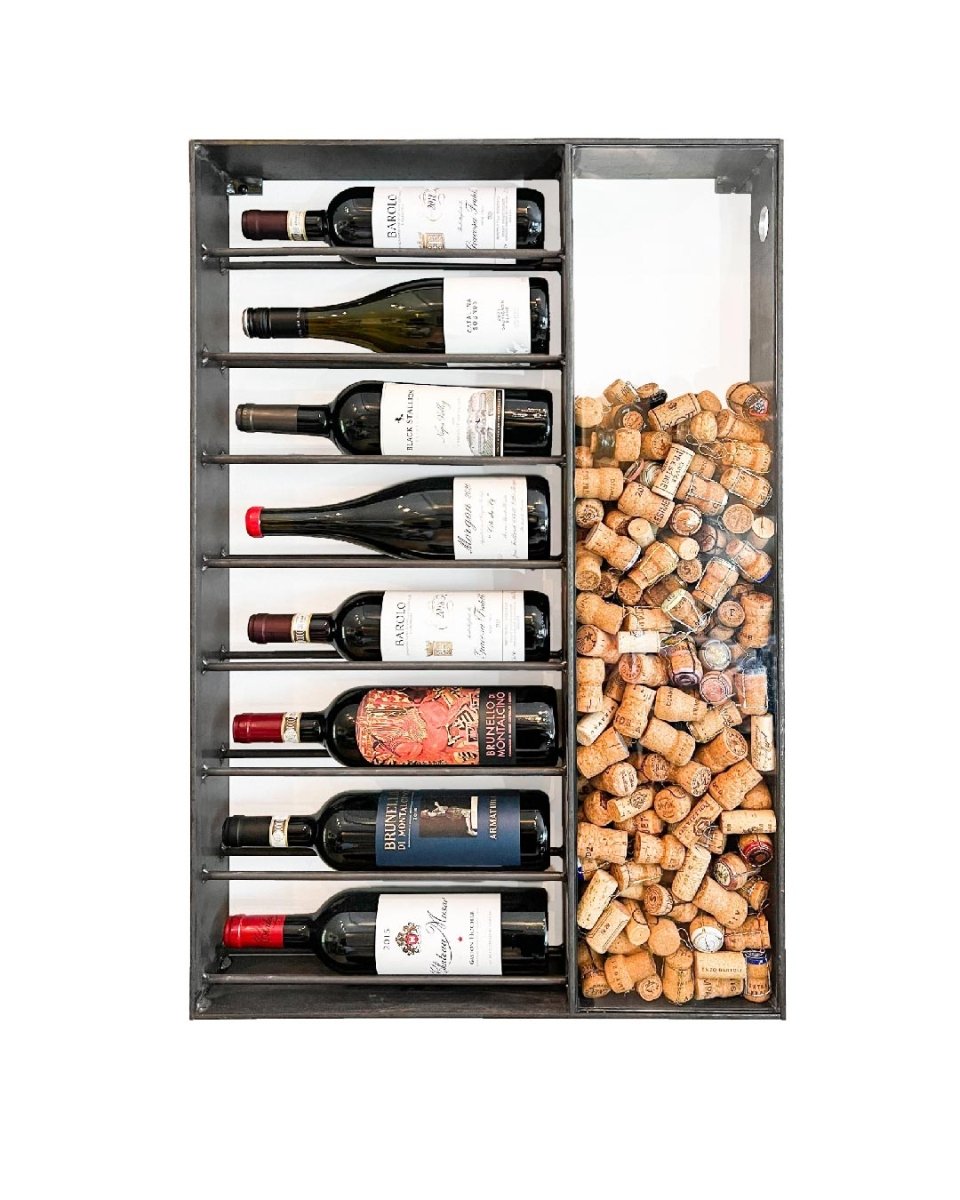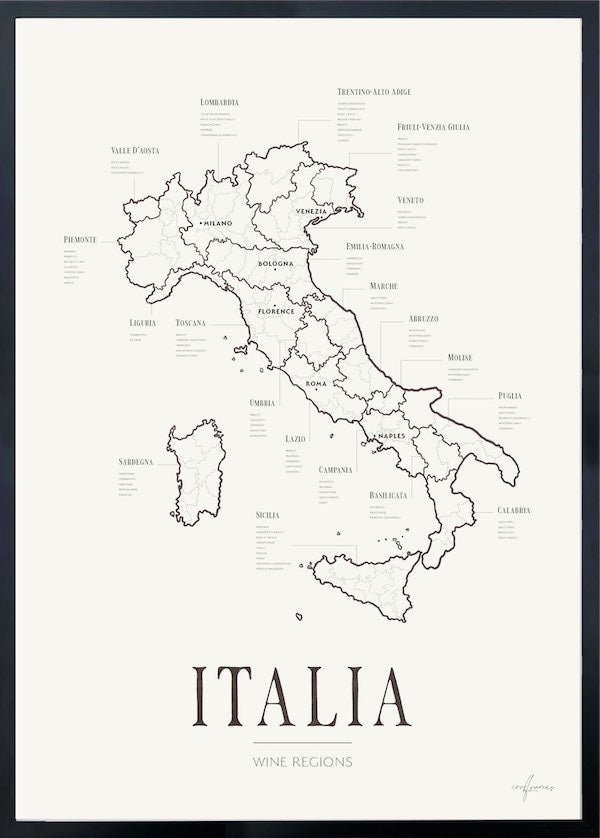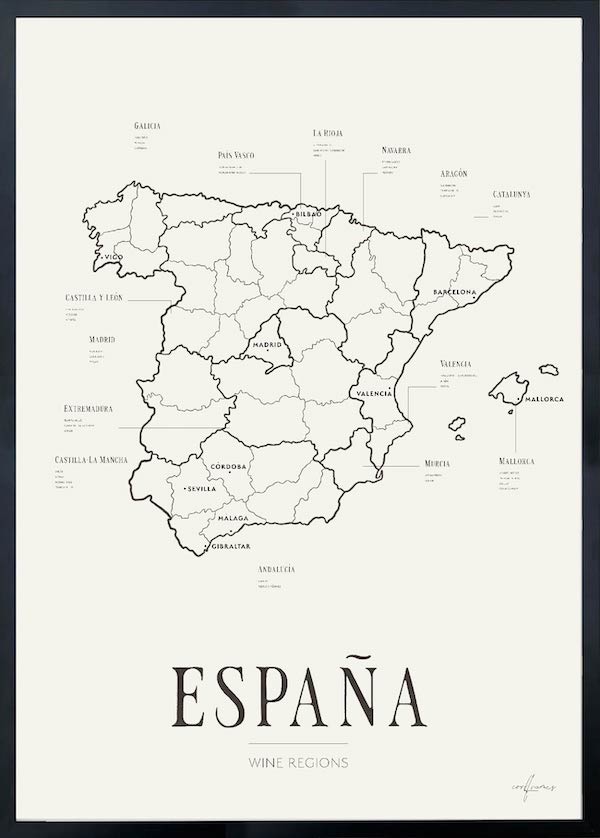Few drinks capture the spirit of the Italian summer quite like Limoncello. This intensely yellow citrus liqueur is both simple and sophisticated – a product of tradition, craftsmanship, and sun-drenched lemons.
Once a local specialty found in the coastal villages of Southern Italy, Limoncello has become a global favorite, currently experiencing a major revival in bars and home mixology.
The Origins – Who Invented Limoncello?
The true origin of Limoncello is still debated. Three places lay claim to its invention: Sorrento, Amalfi, and Capri – all known for their exceptional lemon groves. According to a popular story, the liqueur was first served in the early 1900s by a woman on Capri, offering it to guests at her small guesthouse. Others argue that Limoncello dates back as far as the 17th century.
What is clear is that Limoncello is deeply rooted in Southern Italian culture, traditionally served as a digestif after dinner – cold, smooth, and bursting with citrus flavor.
How Limoncello Is Made
It’s remarkable how just a few ingredients can create such a vibrant drink:
Ingredients:
-
Lemon zest (from organic lemons, avoiding the bitter white pith)
-
Pure alcohol (traditionally 95% grain alcohol, though vodka works for homemade versions)
-
Sugar
-
Water
The process:
-
The lemon zest is steeped in alcohol for up to two weeks, allowing the oils and flavors to infuse.
-
The liquid is then strained to remove the zest.
-
A simple syrup of sugar and water is prepared and mixed with the lemon-infused alcohol.
-
After a few days of resting, the Limoncello is ready to be enjoyed.
The result is a sweet, tangy, and aromatic liqueur with a rich citrus profile and a slightly oily mouthfeel.
Did You Know?
-
Limoncello is traditionally served ice-cold, between -4 and 0°C, often straight from the freezer.
-
The iconic lemon used in traditional Limoncello is the "Sfusato Amalfitano", grown on terraced cliffs along the Amalfi Coast.
-
In many Italian households, homemade Limoncello is a cherished gift, often bottled with handwritten labels and family recipes passed down through generations.
-
Variations of the drink now exist, such as Meloncello (melon), Pistachiocello (pistachio), and even Chili-cello for those who like a little spice.
A Cocktail Comeback
Limoncello is no longer just an after-dinner drink. In 2025, it’s trending again – especially in bright, summery cocktails. One of the most popular right now is the:
Limoncello Spritz
-
5 cl Limoncello
-
10 cl Prosecco
-
A splash of soda water
-
Ice and a lemon slice
Served in a wine glass, it strikes the perfect balance of sweet, tart, and bubbly – ideal for warm afternoons or festive gatherings.
Limoncello isn’t just a drink – it’s a taste of summer, tradition, and Italian soul. The next time you pour a glass, take a moment to breathe in the scent of sun-soaked lemon groves and the Mediterranean breeze.

